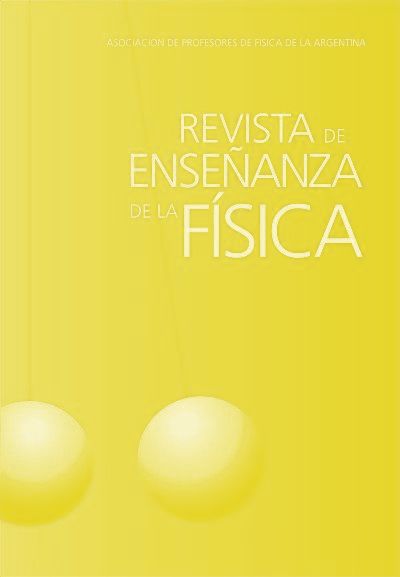The design of Physics activities facing the challenge of school heterogeneity in secondary education
Keywords:
Activity design; Heterogeneous classrooms; Diversity; Didactic decisionsAbstract
This communication is framed in the formative pathway of continuous education "The teaching of Physics in secondary educa-tion". On this opportunity, the communication concerns the analysis conducted of a group of teachers' didactic proposals when asked to design a Physics activity while taking into account that the classroom is heterogeneous and there is an ADHD report. The goal of the requested task is to promote a connection between theoretical knowledge and concrete practice, and to set out discussions that take into account the groups' heterogeneity and the possible didactic strategies in subjects of Physics. The anal-ysis of the productions is conducted from two dimensions, the Teaching in heterogeneous classrooms and the Management of activities. The investigation developed has a qualitative nature and is aimed towards understanding the meaning of the didactic decisions developed by teachers. The school group's heterogeneity seems to be part of some didactic decisions, since the group of teachers takes into account aspects such as the shared construction of knowledge and the organization of information, but do not do so with the management of time, the evaluation, the analysis of what is allowed by the activities, considering the stu-dents' previous knowledge and their behavior.
Downloads
Published
Issue
Section
License

This work is licensed under a Creative Commons Attribution-NonCommercial-NoDerivatives 4.0 International License.
Aquellos autores/as que tengan publicaciones con esta revista, aceptan los términos siguientes:Los autores/as conservarán sus derechos de copiar y redistribuir el material, bajo los términos estipulados en la Licencia de reconocimiento, no comercial, sin obras derivadas de Creative Commons que permite a terceros compartir la obra bajo las siguientes condiciones:
- Reconocimiento — Debe reconocer adecuadamente la autoría, proporcionar un enlace a la licencia e indicar si se han realizado cambios. Puede hacerlo de cualquier manera razonable, pero no de una manera que sugiera que tiene el apoyo del licenciador o lo recibe por el uso que hace.
- NoComercial — No puede utilizar el material para una finalidad comercial.
- SinObraDerivada — Si remezcla, transforma o crea a partir del material, no puede difundir el material modificado.
- Los autores/as podrán adoptar otros acuerdos de licencia no exclusiva de distribución de la versión de la obra publicada (p. ej.: depositarla en un archivo telemático institucional o publicarla en un volumen monográfico) siempre que se indique la publicación inicial en esta revista.
- Se permite y recomienda a los autores/as difundir su obra a través de Internet (p. ej.: en archivos telemáticos institucionales o en su página web) antes y durante el proceso de envío, lo cual puede producir intercambios interesantes y aumentar las citas de la obra publicada. (Véase El efecto del acceso abierto).










